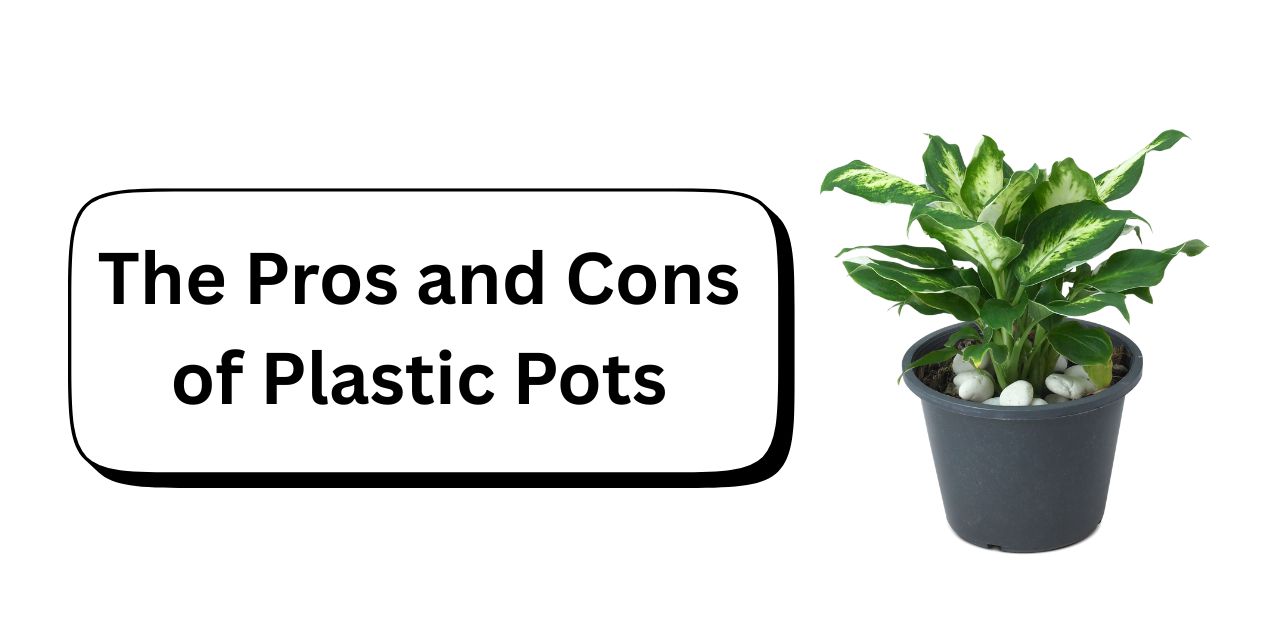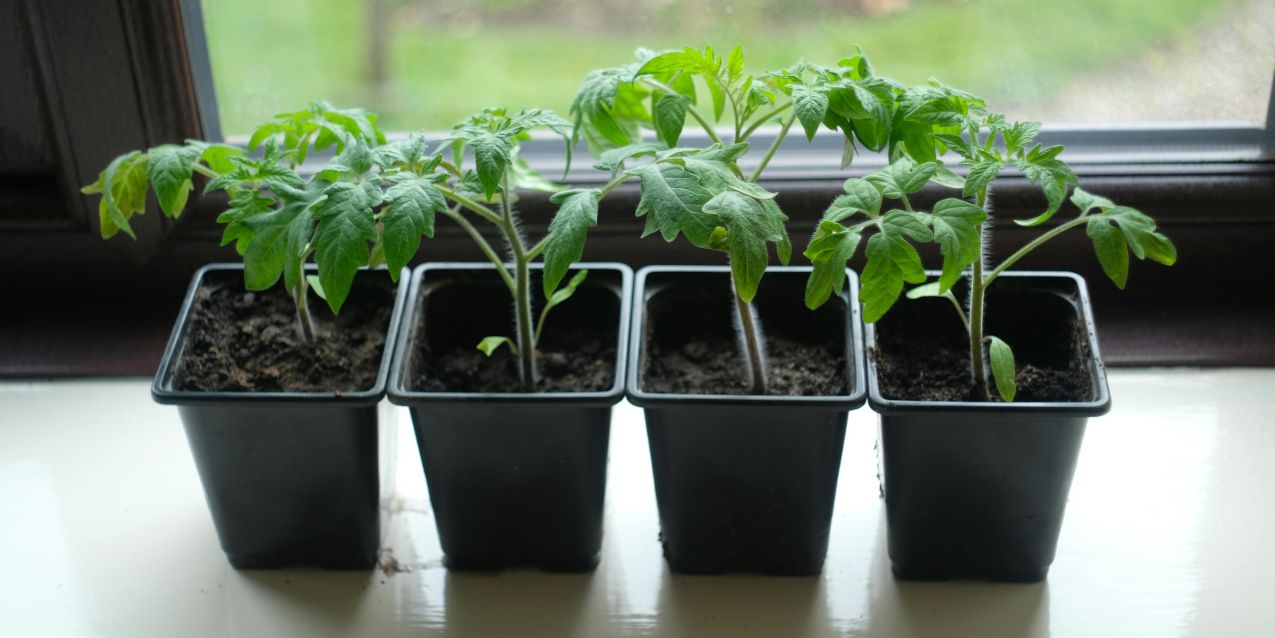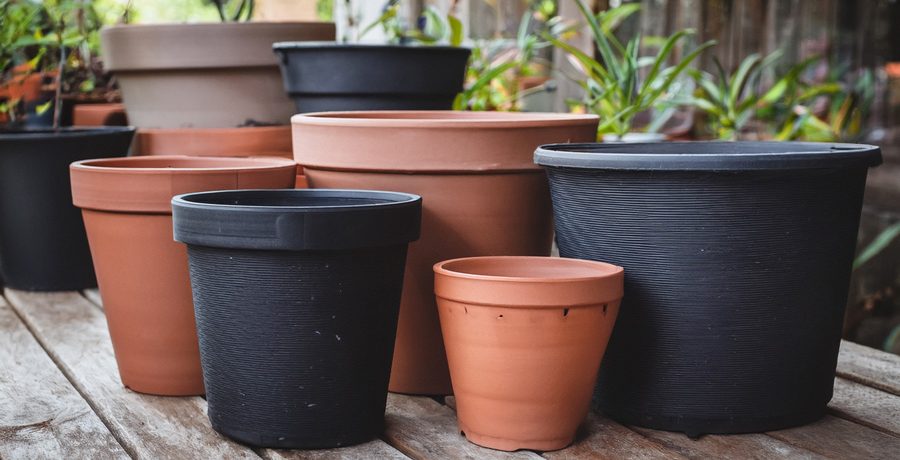Gardening is flourishing across Australia, even in densely populated city areas where outdoor space is often limited. More and more people are turning to creative, space-saving solutions like container gardening to grow herbs, flowers, vegetables, and ornamental plants. Growing in plastic pots is one of the preferred methods due to affordability, lightweight and versatility.
Because plastic pots are a go-to option for gardeners, it’s important to look beyond their convenience and consider both their advantages and disadvantages. Choosing the right container can significantly impact your plants’ health and your gardening success.

In this post, we’ll explore the key pros and cons of using plastic pots to help you decide if they’re the right fit for your gardening needs.
Advantages of plastic pots
Lightweight and easy to move
- Ideal for balconies, patios, and indoor spaces where pots may need frequent repositioning
- Great for people with limited strength or mobility
First of all, plastic planter pots are extremely light compared to almost any other type of pot. Their lightweight makes them perfect for gardeners who find it hard to lift heavy objects, including elderly and disabled hobbyists, while also making them the ideal choice for renters and people who move regularly.

Their portability makes them attractive to people who want to be able to carry their garden around with ease, and especially good for those of us who simply can’t decide where to put anything!
Cost-effective
- Generally more affordable than ceramic, terracotta, or metal pots
- Widely available in various sizes, shapes, and colours
Most importantly, plastic pots are incredibly cost-effective. Compared to other materials, these planters are often available for just a couple of dollars. This means you can spend less on containers and more on plants! It’s a dream come true.
Durable and long-lasting
- Resistant to cracking and breaking compared to clay pots
- Can last several growing seasons with proper care
Plastic pots are known for their excellent durability, making them an excellent choice among gardeners. Unlike clay or ceramic pots, which can crack or shatter easily under impact or in extreme weather conditions, plastic pots are more resistant to physical damage.
With proper care, plastic pots can last for multiple growing seasons without significant wear. They do not degrade as quickly when exposed to sun or moisture, especially if made from UV-stabilised materials.
Retains moisture well
- Slower to dry out than terracotta, which reduces watering frequency
- Beneficial in hot climates or for plants that prefer consistent moisture
Versatile designs
- Available in a range of styles, from sleek modern to rustic finishes
- Suitable for decorative and functional gardening

Because plastic is endlessly malleable across production lines, there is an incredible variety of decorative plastic planters available for gardeners. Pots of every colour and shape can be found with ease at almost every retailer, whereas pots made from other materials like stone or clay are difficult to find in abstract shapes.
Weather resistant
- Less prone to frost damage or weathering than other materials
- Withstands outdoor conditions without major degradation
Disadvantages of plastic pots
Environmental impact
- Most plastic pots are not biodegradable
- Improper disposal contributes to long-term plastic pollution
- Recycled or biodegradable plastic alternatives are limited
One of the major drawbacks of plastic pots is their negative impact on the environment. Most plastic pots are not biodegradable, meaning they can persist in landfills and natural ecosystems for a long time if not disposed of properly. When these pots are discarded carelessly, they contribute to the growing issue of plastic pollution, harming wildlife and contaminating soil and waterways.
Additionally, many recycling programs do not accept plastic plant pots due to the type of plastic used or leftover soil contamination.
Learn more about the plastic pots problem by Organic Gardener.
May become brittle over time
- Prolonged exposure to sunlight can degrade some plastics
- UV rays may cause cracking or fading in lower-quality pots
Over time, exposure to sunlight can cause plastic pots to fade in colour and it may not look the same compared to the original.
Poor breathability
- Plastic is non-porous, which can lead to overwatering or poor aeration
- Root rot is more common if pots don’t have proper drainage holes
Plastic pots also fail to release excess water, unlike ceramic pots, meaning plants are more likely to suffer from root rot and overwatering in plastic containers. Since plastic is non-permeable, the soil inside the planter cannot undergo its natural respiration cycle, which is not good for plants.
Aesthetic limitations for some gardeners
- Some gardeners prefer the natural look of terracotta, ceramic, or wood
- May not offer the same decorative appeal for traditional garden styles